Bread is the most extensively eaten food on the planet, and it has been a staple diet since human history began. The early man employed starch extracts, probably drawn from the roots of cattails and/or ferns, to manufacture flatbread as far back as 30,000 years ago in Europe.
Even in the twenty-first century, many people recognize that nothing beats the aroma of freshly baked bread, particularly when entering a bakery first thing in the morning. Neolithic man invented agriculture circa 10,000 B.C., and then utilized the grains he’d produced and farmed to make his bread.
As early as 4,000 B.C., the Ancient Egyptians utilized yeast as a leavening ingredient following innovations in breadmaking. The Egyptians taught the Greeks how to bake bread, and the technique quickly spread across Europe.
Bread, along with the wheat required to produce it, was considered more vital in the ancient Roman diet than meat. The hue of the bread one ate also revealed one’s social status. In general, the darker the bread, the lower the social status of individuals who ate it.
There are different types of bread out there, but we have listed the top 10 best common types of bread.
Multigrain Bread

Multigrain bread is made with grains including oats, barley, flax, and millet, among others, to give it a rich, robust taste. Because of these many elements, multigrain bread is a very nutritious and tasty bread option.
Multigrain bread is great for morning toast, sandwiches, or dipping in herb-strewn sauces or vegetable oil. Also, olive oil and rye flour are most commonly used for pizza dough of the multigrain bread, which is a more healthy version of a pizza.
Potato Bread
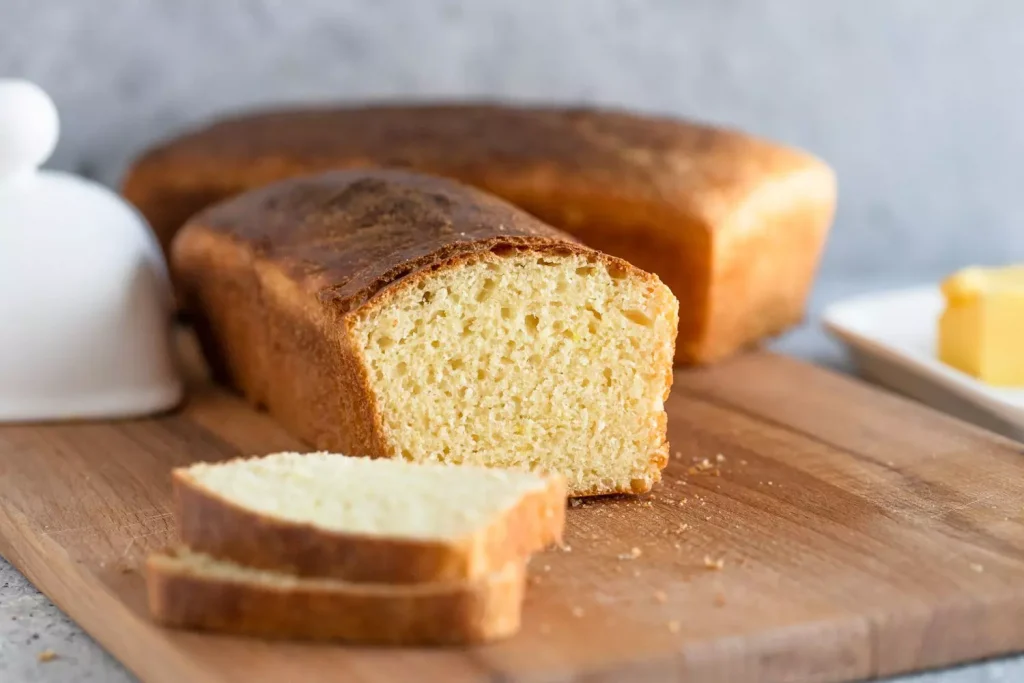
Potato bread is created by substituting mashed potatoes, dried potato flakes, or potato flour for a part of the wheat flour in a bread recipe.
It may be cooked in an oven or griddle, and it can be leavened or unleavened.
When it comes to producing potato bread, several parts of the globe have their unique traditions, like Chile, where the bread is created with mashed potatoes.
Ciabatta Bread
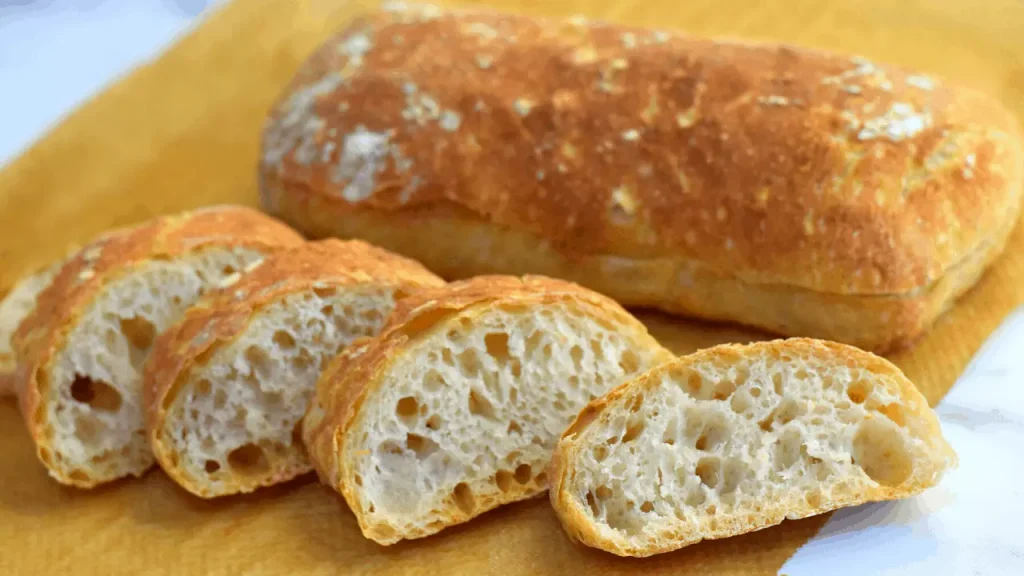
The Italian term “ciabatta” means “slipper.” Water, salt, yeast, and wheat flour are just a few of the fundamental components used to make this Italian-invented bread. The crust and even the texture of ciabatta bread varies depending on where you eat it in Italy.
The fundamental components of ciabatta bread, on the other hand, are the same in every loaf. Ciabatta features a chewy crust and a soft center, making it ideal for creating paninis and sandwiches, as well as a variety of other foods.
A soft interior with a thick and crispy crust are also common for bread in Germany. Also they use a leavening agent for a long time now to achieve these unique types and dense crumb with an oblong shape. Keep in mind that the frying pan is also very important.
Injera Bread
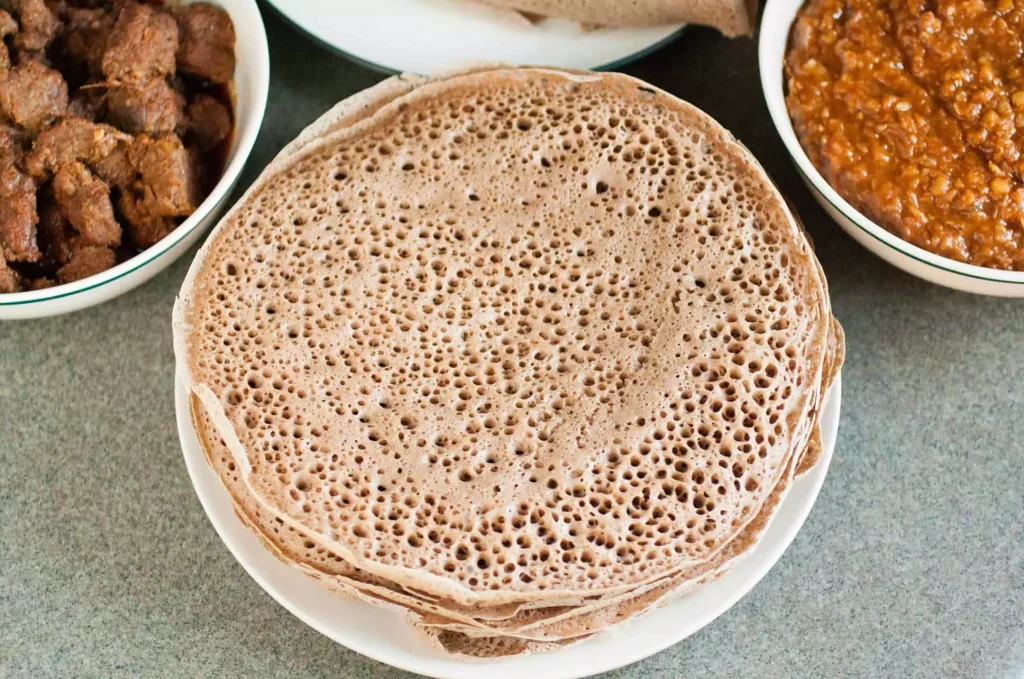
This is a sort of sourdough bread with a spongy texture and a somewhat sour flavor. Teff, a small grain native to Ethiopia, is often used to make injera bread.
Injera bread is used to scoop up the meats and stews that are traditionally served on top of it and are a staple of Ethiopian cuisine. One of our favorite from the list.
It uses basic ingredients and focaccia dough in a traditional way.
Grissini Bread
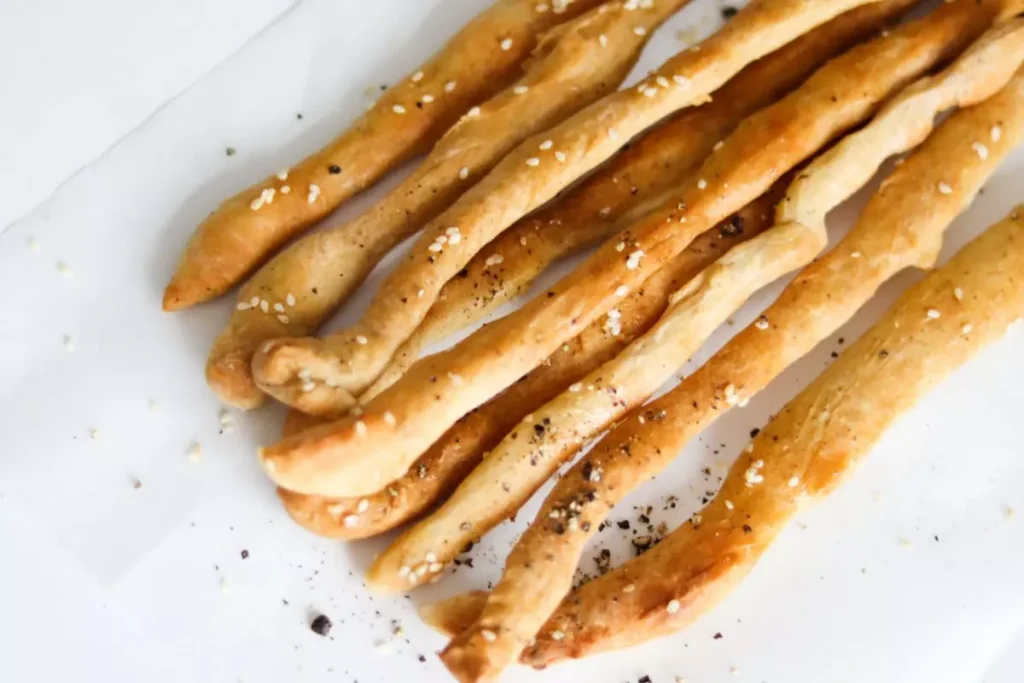
Grisini is a crisp, dry bread that comes in the shape of tiny pencil-like sticks, akin to breadsticks. This variety of bread, which originated in Italy, may be flavored in whatever manner the maker desires.
So, feel free to add whatever herbs or spices you like to enhance the taste. Grissini bread is often served as a pre-dinner alternative to ordinary or garlic bread, although it may also be consumed in any manner.
Banana Bread
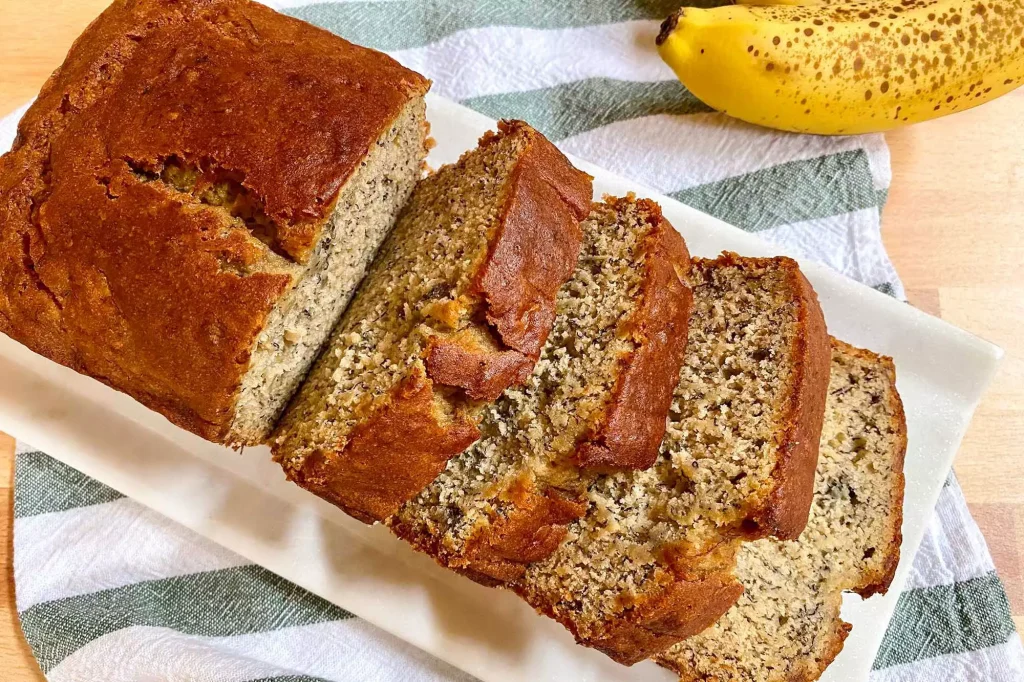
Who hasn’t heard of banana bread? This style is popular in a wide range of nations. It’s a rich, moist, cake-like bread that may easily pass as a sweet treat. Banana bread is referred to be a fast bread. Instead of yeast, quick bread is leavened using baking soda or baking powder.
Obviously, mashed ripe bananas are used in this kind. Most recipes no longer use sugar since ripe bananas are inherently delicious. Flour, baking soda, all-purpose flour, vegetable oil, and eggs are among the other components needed to produce this bread.
To enhance the taste of this sweet bread, you may add almonds, raisins, or chocolate chips. This bread has a subtle sweetness to it and is ideal for snacking or breakfast. It’s perfect with a steaming cup of coffee.
Banana bread is so popular in the United States that it has its own holiday. National Banana Bread Day is observed on February 23.
Roti Bread

Roti bread is similar to chapati bread in that it is an unleavened flatbread. In both the Caribbean and India, roti bread is immensely popular.
Roti is often cooked using whole wheat flour and water, with the loaves being butter-coated before baking to enhance taste. Roti bread is given with spices as a nutritious snack in many cultures. For example in Ireland, thin pancakes with large air bubbles are made with Roti bread.
Chapati Bread
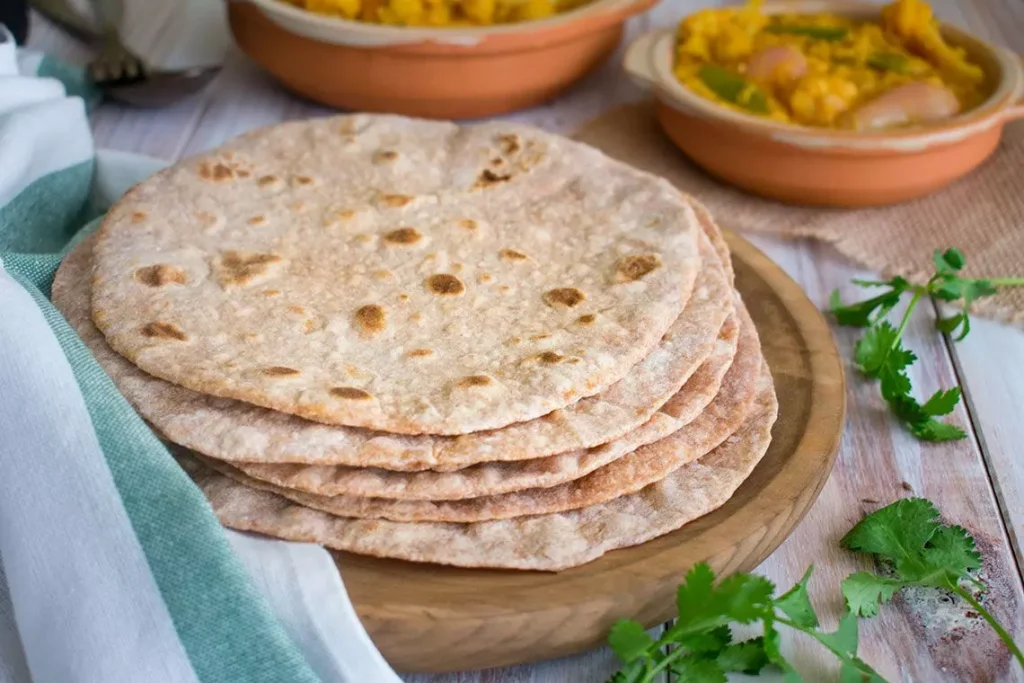
Chapati bread is a famous Indian flatbread that is frequently cooked until it has a freckled look. This sort of bread goes well with veggies or lentils, and it may also be used to build a sandwich.
Chapati bread is typically produced from whole wheat flour and baked without the use of oil. Snackers may even add a dab of butter to chapati bread to enhance the taste.
Arepa Bread
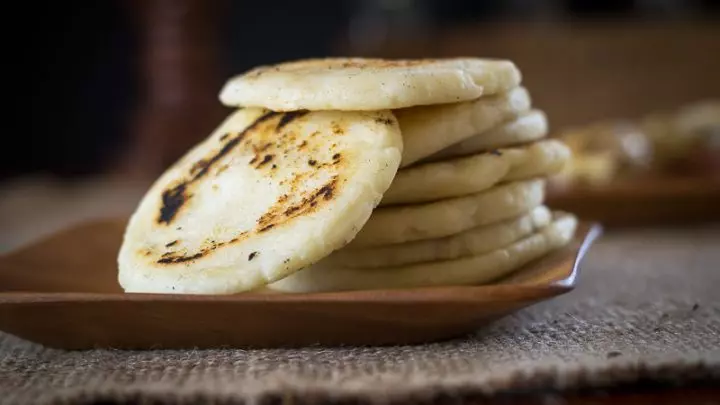
Arepa bread is produced from cornmeal and is popular in Colombia and Venezuela. Baked, grilled, or fried, this flat and spherical break. When creating this bread, bakers may add different contents such ground beef and black beans.
Arepas are inherently gluten-free since they are manufactured without wheat, making them a good alternative for anyone with celiac disease or gluten sensitivity. Similar content of ingredients like the Chapati.
Baguette
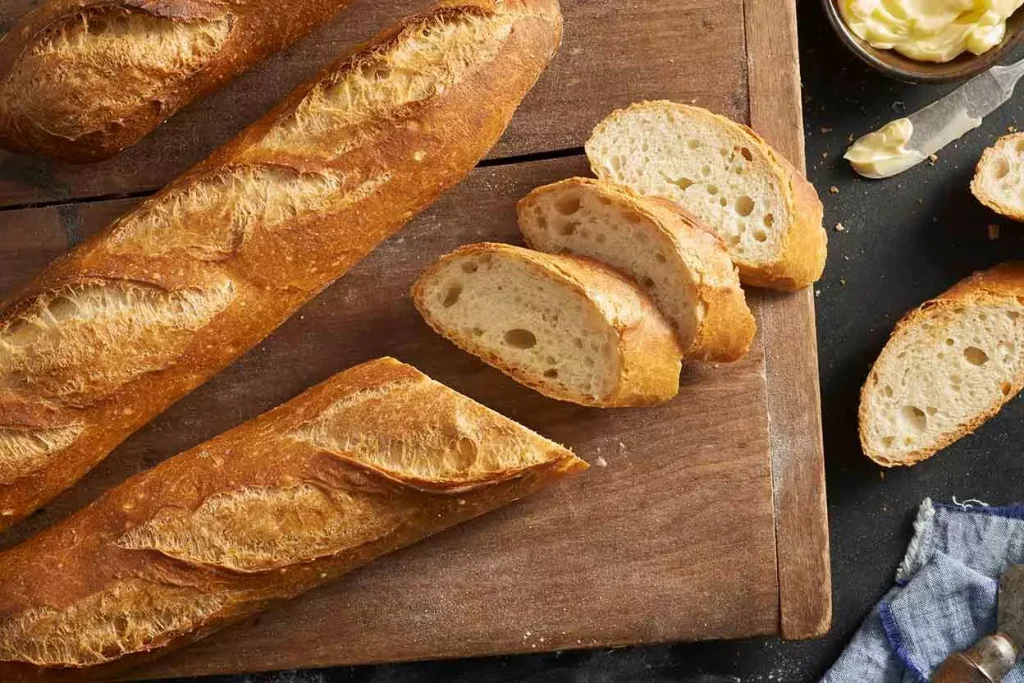
Baguettes, often known as French bread, are long, soft loaves with firm crusts that are rigorously controlled in France for length and freshness.
Read more articles in the Lifestyle Category
